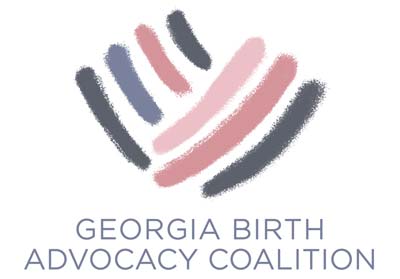Hospital Reviews
The biggest predictor of birth outcomes and interventions is where you give birth. It’s impossible to rate a hospital as always good or always bad, but a few data points can tell you a lot about the type of birth you can expect. This page is an incomplete work in progress, and will expand with time. It primarily includes Atlanta hospitals. To include a new hospital or provide updated details about a hospital, contact us.
How to Use This Page
Scroll down to read reviews for each hospital.
Each review section contains a link to a blog post about the hospital. To share your experiences with that hospital, add a comment to the blog post. Please be truthful and honest in your comments, and do not provide contact information that could be used to harass individual providers. You may use providers’ names as long as the information you provide is truthful and verifiable.
Each review contains several pieces of information:
C-section rate: This is the percentage of deliveries that end in c-section. The World Health Organization recommends a rate of 10-15%, even when accounting for high-risk pregnancies. The higher the figure, the more likely it is that a hospital is performing unnecessary c-sections or recommending interventions that increase the need for c-sections.
NICU level: Higher level NICUs can provide more specialized care to sick or very premature babies. People with high-risk pregnancies may need to give birth at hospitals with a higher level NICU.
Baby Friendly: Baby-Friendly USA is an initiative designed to promote breastfeeding. Baby-friendly hospitals encourage skin-to-skin contact, do not routinely give formula or separate mother and baby, and have actively worked to promote breastfeeding. Hospitals without this designation may still support breastfeeding, but either have not sought certification or have not done enough to earn it.
Leapfrog Safety Grade: The Leapfrog Group provides safety ratings to hospitals based on a range of data sources. This grade applies to the hospital as a whole, not just labor and delivery.
Water birth: This indicates whether the hospital allows delivery in water.
Chargemaster document: The law now requires hospitals to disclose their standard prices for various procedures. The chargemaster document provides a glimpse into what you can expect to pay.
Hospital guidelines: Many hospitals publish brief books for new parents, or publish their labor and delivery practices online. These documents reveal much about what you can expect. Sometimes they outline hospital policies; in other cases, the tone of these documents provides important clues about how birthing people can expect to be treated during labor and delivery.


1000 Johnson Ferry Road NE
Atlanta, GA 30342-1611